Emperor Cam Thien Pagoda.
The Cam Thien Dai De Pagoda was built in the shape of the Chinese character Quoc, on an area of 2,226 square meters, facing the Southwest with rows of houses perpendicular to each other. “The pagoda roof is covered with yin-yang tiles, the edges of the roof are shaped like dark green glazed leaves. On the ridge of the roof are decorated with ceramic reliefs such as: two dragons fighting for a pearl, phoenixes, carp transforming into a dragon. This decoration not only symbolizes the strength, harmony of yin and yang, peace and prosperity, but also contributes to increasing the solemnity and antiquity of the pagoda, while reflecting the humanistic values, wisdom, and aspirations of people from ancient times to the present” (2).
The temple gate was built in the style of a double gate, with two gates on both sides. Here, the temple gate only has cement pillars, the rest are made of iron. Between the two rows of pillars of the gate, there is a horizontal beam made of cement, painted dark red, on which are written the four words Trung chieu nhat nguyet - meaning Loyalty reflects the sun and the moon, and a gate with the words Nghia trang son ha - meaning Nghia khi compares the mountains and rivers to praise the person worshiped in the temple. The temple yard is not large but has enough space for people to attend large worship ceremonies.
The outer wall of the temple gate is decorated with many exquisite paintings depicting the themes and activities of gods and fairies, characters in fairy tales, novels and historical anecdotes. The temple gate has a picture of two gate gods to guard and protect the temple, ward off all bad luck and bless the villagers with a peaceful life. The outside of the gate is also decorated with reliefs of deer and elephants playing, expressing a peaceful and serene atmosphere. On the door is a horizontal plaque with the four words Cam Thien Dai De. Behind the door is a screen used to separate the main hall from the outside. This screen is beautifully decorated, with two gate gods in the middle, surrounded by pictures of flowers, leaves, birds and animals. Above the screen are two large lanterns hanging on both sides. Behind the screen is the tranquil courtyard. However, the tranquil courtyard at Cam Thien Dai De is not like other places located right in the middle of the front hall, but is located on both sides. This helps to attract more light into the temple. Next is the altar table. On it are the five sacred objects and there is space left for offerings during the worship ceremonies.
In the innermost part is the main hall worshiping Ong Bon, also known as Trinh An - a god of fortune. Therefore, people in the area still call Cam Thien Dai De Pagoda Ong Pagoda. The statue of Ong is placed in a wooden altar. This altar is beautifully decorated in traditional style. In front of the altar there is also a curtain, around the hammock is skillfully and delicately carved. Around there are many red lanterns and countless parallel sentences, making the pagoda stand out with its majestic but equally splendid beauty.
“The difference of Cam Thien Dai De Pagoda is the system of rafters that are decorated quite uniquely. Not only do they support the roof system, the horizontal and vertical rafters of the pagoda are also the place to preserve valuable sculptures with themes of scrolls, poems, clouds, water, flowers, birds, etc., which are carved and embossed very delicately and meticulously, which not every Chinese pagoda has. This has contributed to creating the unique beauty of the architectural art of a religious and folk belief work that is over 100 years old. In addition, inside the pagoda, there are still many elaborately carved horizontal lacquered boards and parallel sentences, associated with the history of the formation and existence of the pagoda” (3).
During the year, the pagoda has many worshiping periods (according to the lunar calendar): January 4th: welcoming ancestors, praying for peace; January 15th: worshiping Nguyen Tieu; March 29th: Ong Via; July 16th: offering food; December 24th: year-end worshiping, sending Ong off. Of which, Ong Via on March 29th (lunar calendar) is the biggest festival held at Cam Thien Dai De Pagoda every year. In addition, according to custom, the pagoda also worships on the occasions of Tet Nguyen Dan, Tet Nguyen Tieu, Tet Trung Thu... All to pray for a prosperous, happy, and peaceful life. In particular, during the Vu Lan ceremony held on the 15th day of the 7th lunar month, the Pagoda Management Board, philanthropists, and benefactors also organize rice distribution for poor families in the locality.
Cam Thien Dai De Pagoda is an architectural work of art, clearly expressed through the architectural style, decorative themes with delicate and flexible carving techniques, both maintaining the solemnity of the shrine and creating closeness in the urban living space. In addition to its function as a meeting hall, Cam Thien Dai De Pagoda is also considered a center for preserving and promoting the traditional cultural and artistic values of the Chinese ethnic group, a place for the community to gather and support each other living on this land.
Huynh Ha
------------
(1) Can Tho City Monuments Management Board, Can Tho City Historical and Cultural Monuments, p.200.
(2) Can Tho City Monument Management Board (2019), ibid, p.199
(3) http://cantho.gov.vn/wps/wcm/connect/sovhttdl/sub_site/menu+ngang/van+hoa/quan+ly+van+hoa/di+san+van+hoa/ditichcamthiendaide. Accessed date: May 25, 2025.
Source: https://baocantho.com.vn/chua-cam-thien-ai-eoo-mon-a188424.html


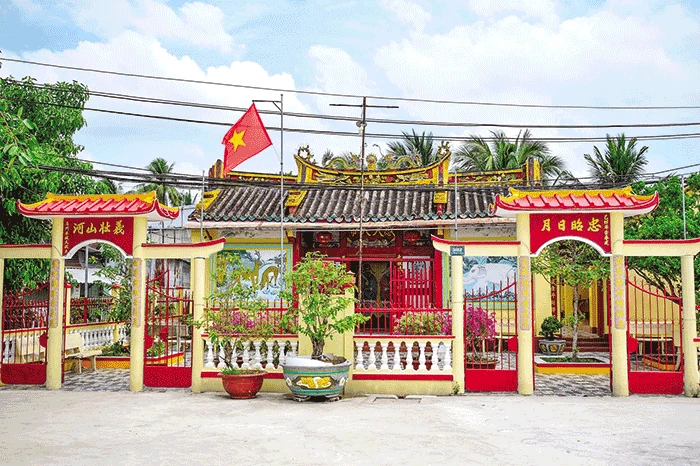
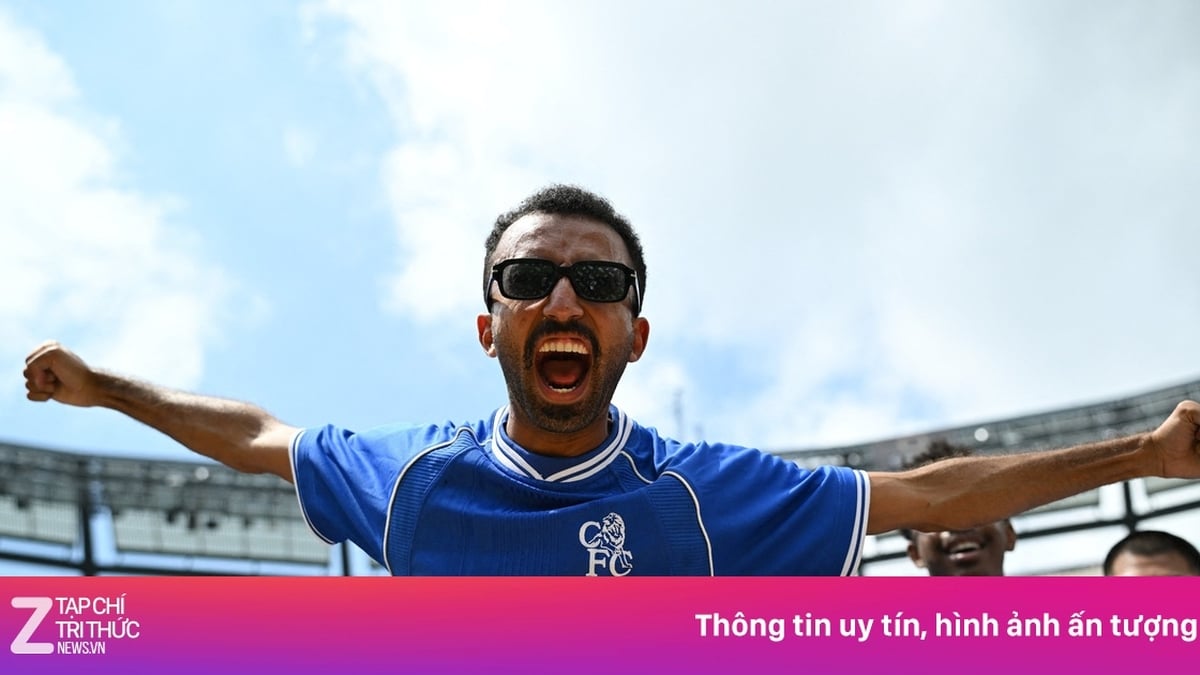
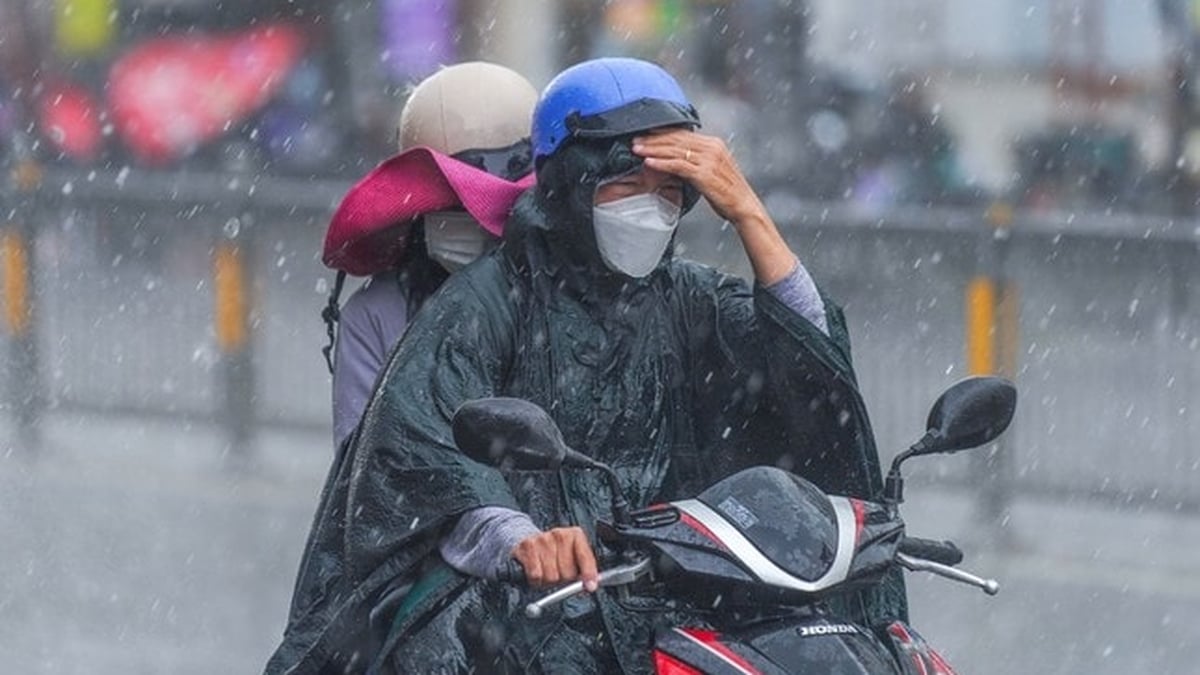
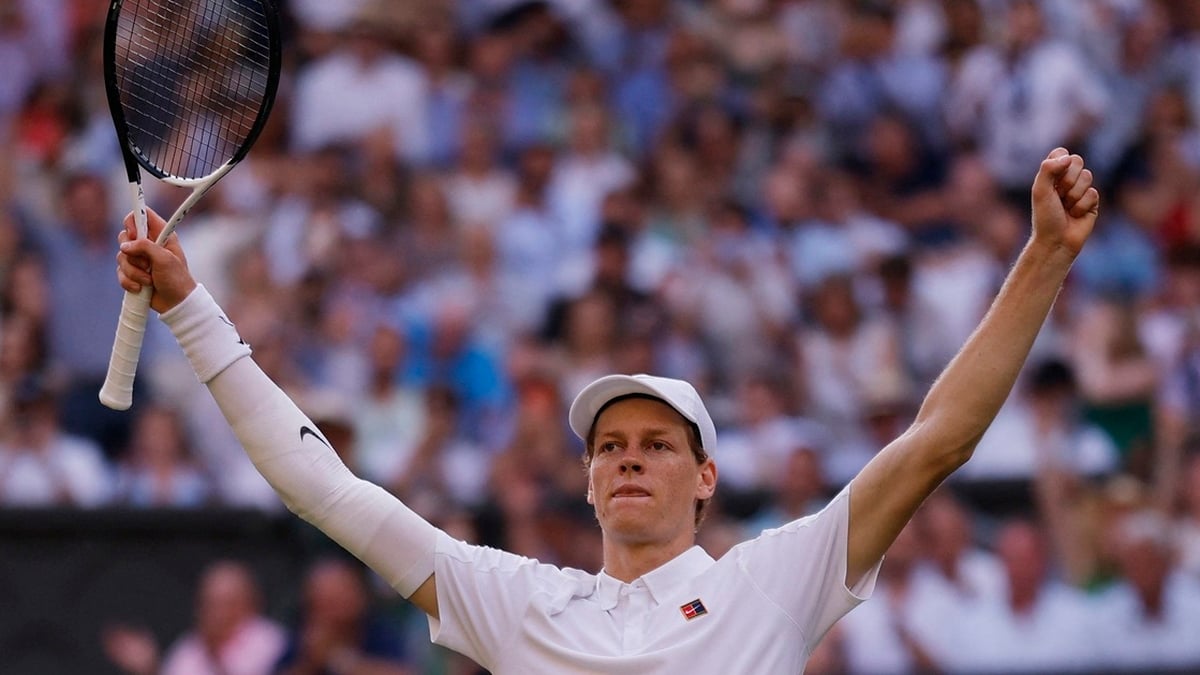
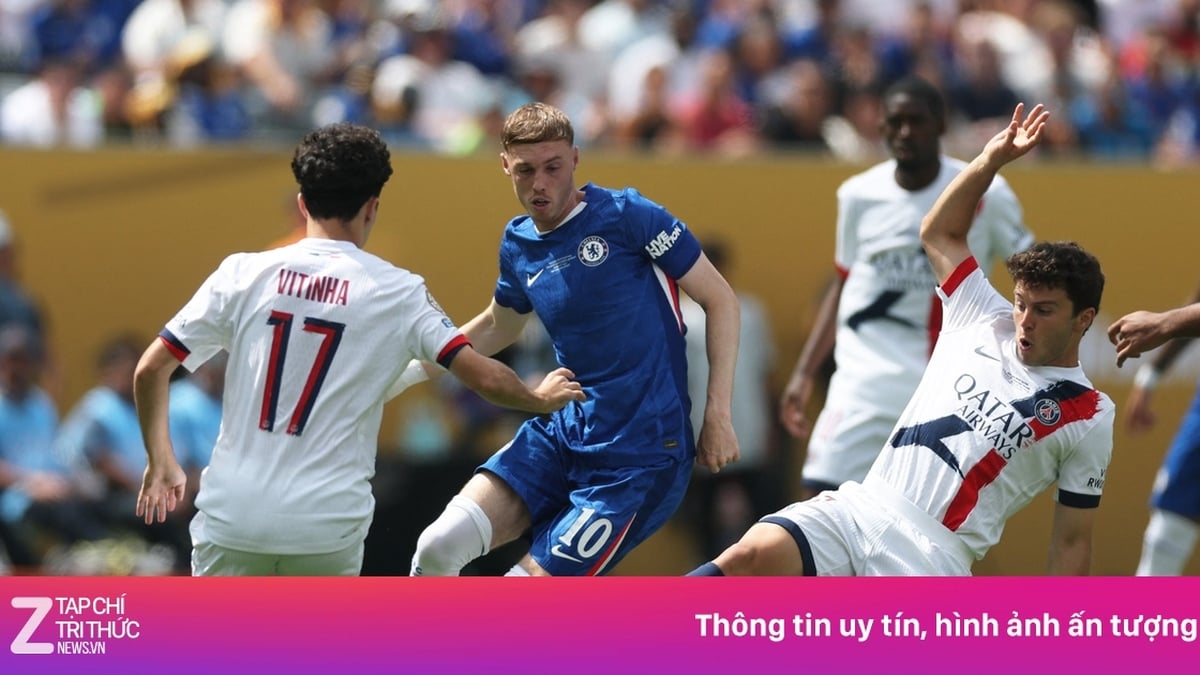


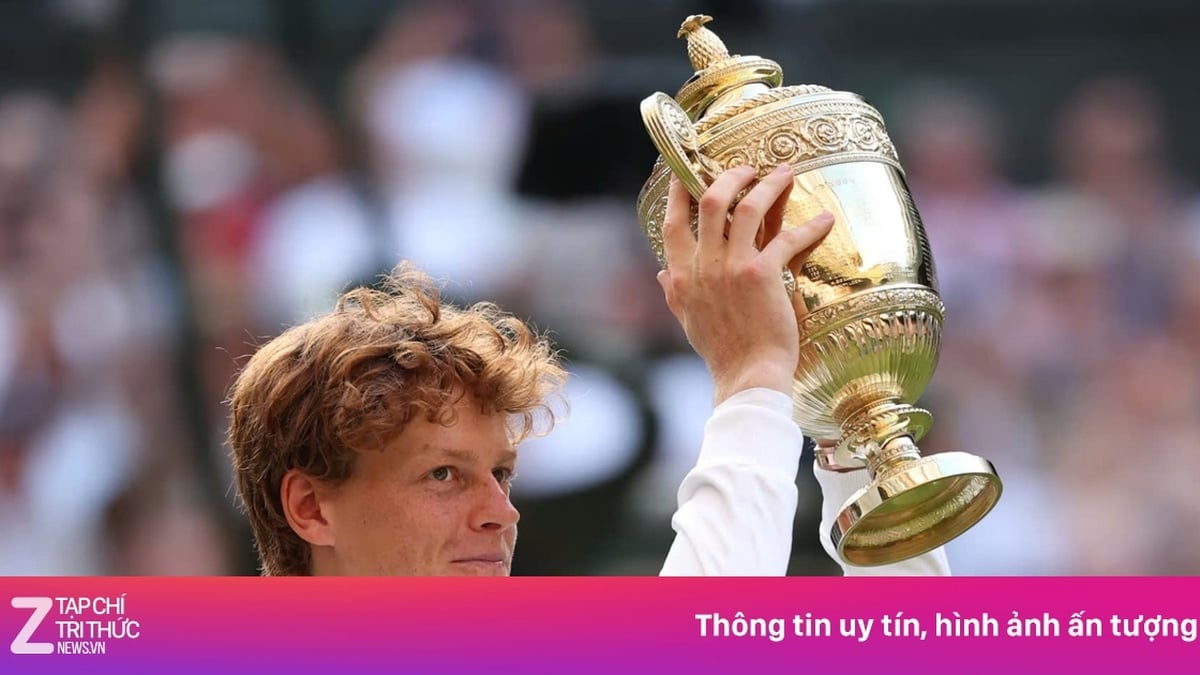



















































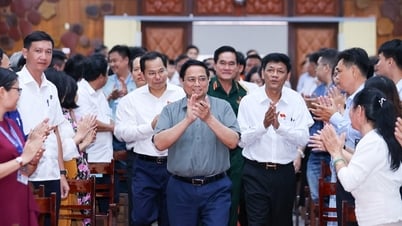
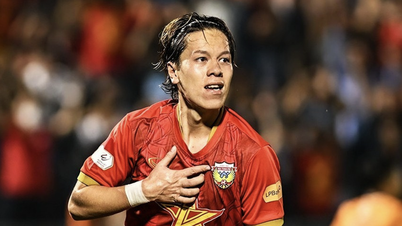

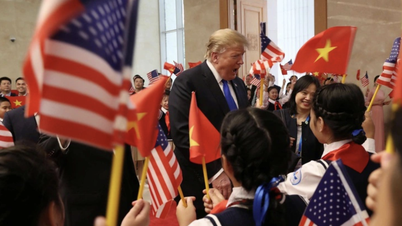
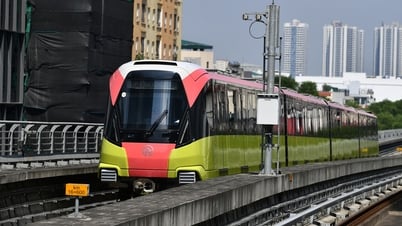
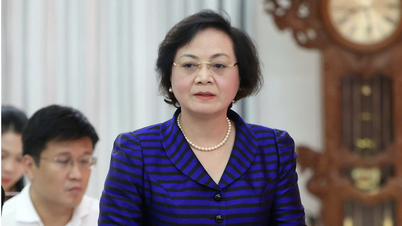
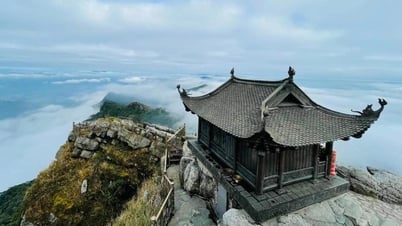
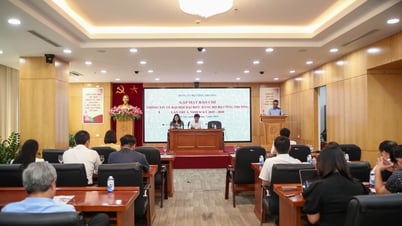

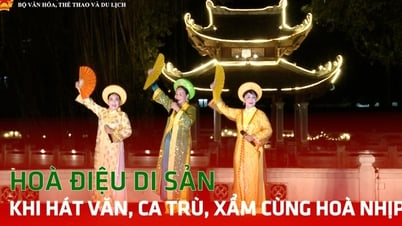




























Comment (0)